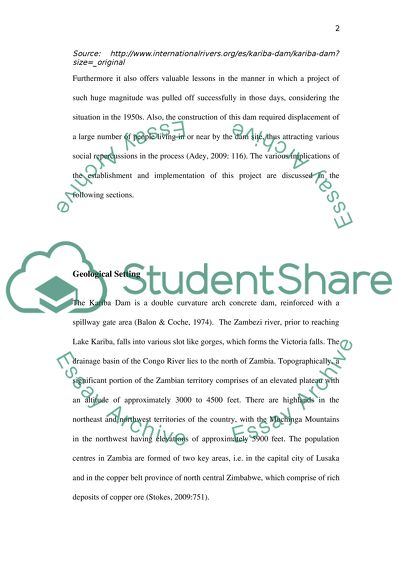Cite this document
(“Engineering Essay Example | Topics and Well Written Essays - 1500 words”, n.d.)
Retrieved from https://studentshare.org/environmental-studies/1421183-engineering
Retrieved from https://studentshare.org/environmental-studies/1421183-engineering
(Engineering Essay Example | Topics and Well Written Essays - 1500 Words)
https://studentshare.org/environmental-studies/1421183-engineering.
https://studentshare.org/environmental-studies/1421183-engineering.
“Engineering Essay Example | Topics and Well Written Essays - 1500 Words”, n.d. https://studentshare.org/environmental-studies/1421183-engineering.


